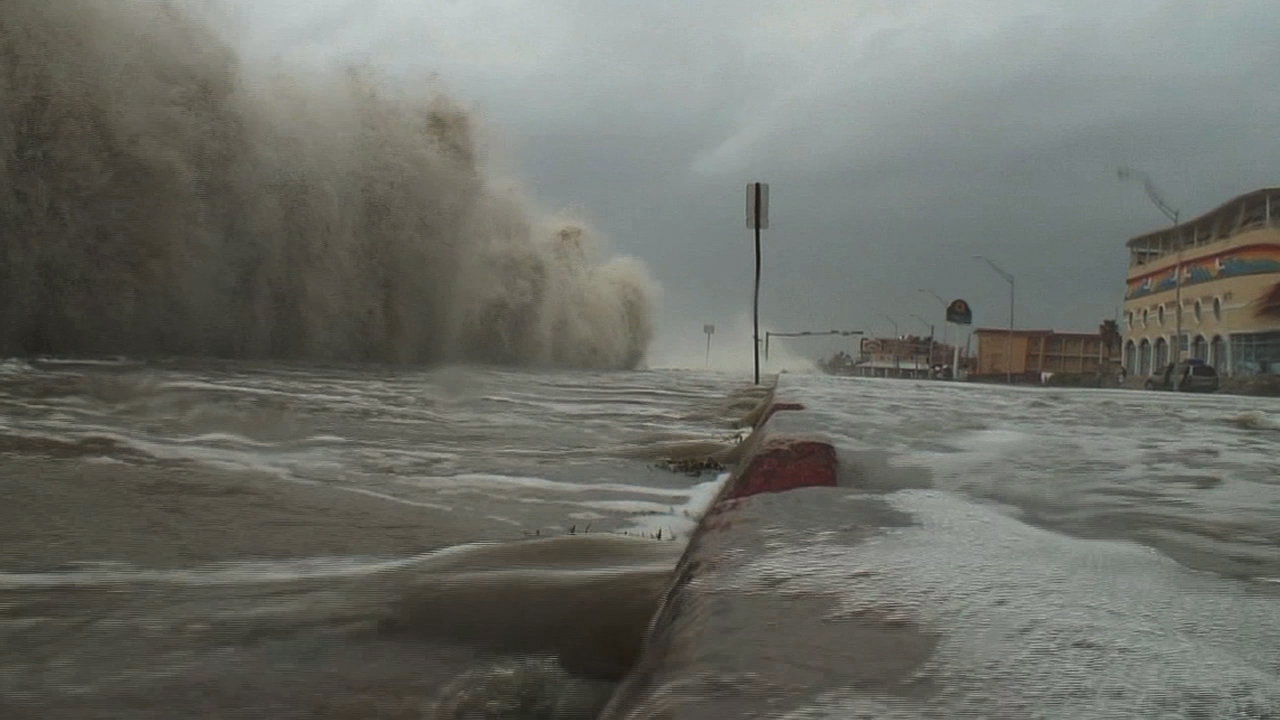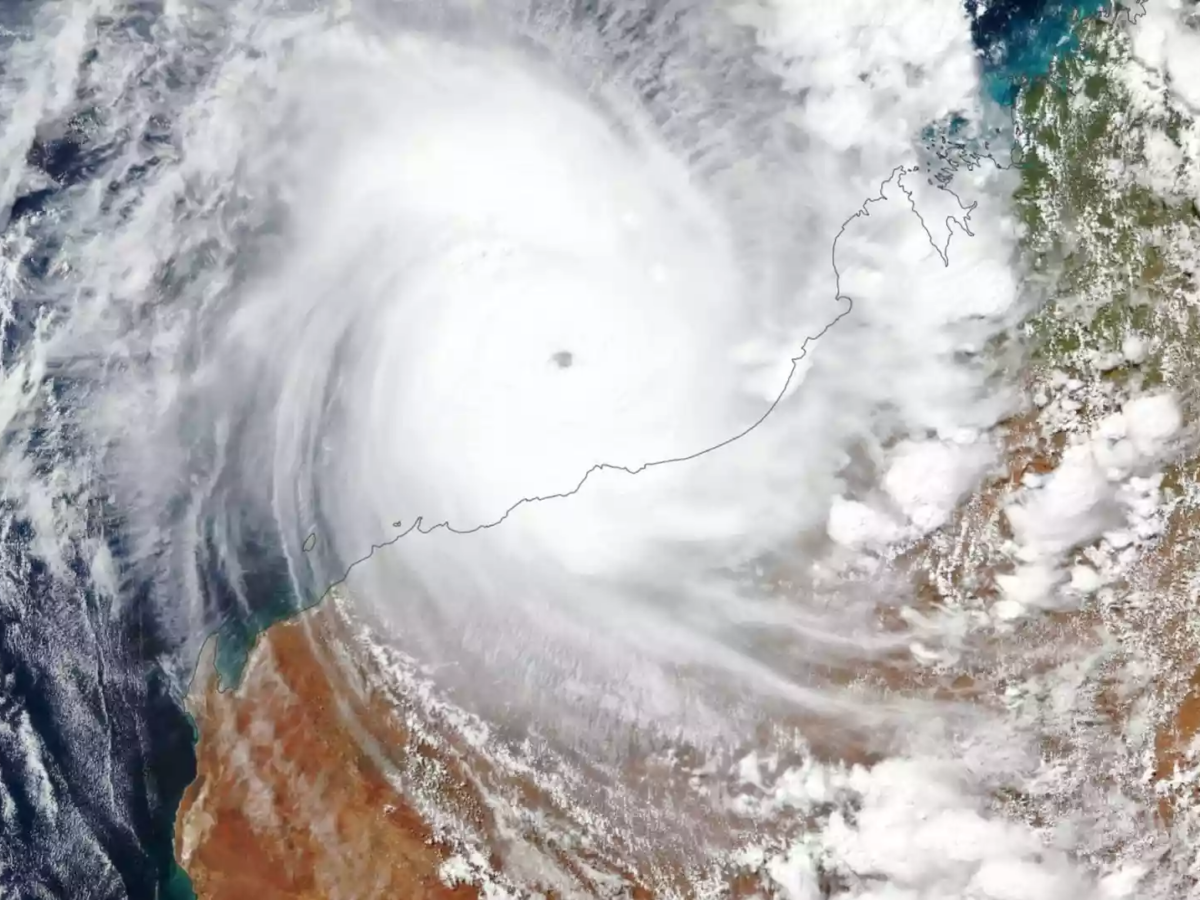As PMD has issued alert of tropical cyclone forming near Karachi so ensuring safety measures timely are important.
Cyclones, also known as hurricanes or typhoons depending on the region, are powerful and destructive tropical storms that form over warm ocean waters. These intense weather phenomena can wreak havoc on coastal areas, causing immense damage and posing significant risks to human lives. Understanding the factors that contribute to cyclone formation and implementing effective safety measures are essential for mitigating their impact and safeguarding vulnerable communities. Warm Ocean Waters, Low Vertical Wind Shear, Atmospheric Instability are some of the causes of cyclones.
Safety Measures for Cyclones
- Early Warning Systems: Implementing robust early warning systems is crucial for providing timely information about approaching cyclones. Meteorological agencies and local authorities should disseminate accurate and up-to-date forecasts, enabling residents to prepare and evacuate if necessary.
- Evacuation Plans and Shelters: Developing evacuation plans and identifying safe shelters is vital in cyclone-prone areas. Residents should be educated about evacuation routes, evacuation centers, and the importance of following evacuation orders to ensure their safety.
- Strengthening Infrastructure: Building cyclone-resistant infrastructure can minimize damage caused by strong winds and heavy rainfall. Constructing buildings, including schools, hospitals, and emergency centers, with reinforced materials and adherence to building codes helps protect lives during cyclones.
- Coastal Protection Measures: Implementing coastal protection measures, such as seawalls, dikes, and beach nourishment projects, can mitigate the impact of storm surges caused by cyclones. These measures help safeguard coastal communities and infrastructure from destructive tidal waves.
- Community Preparedness: Encouraging community preparedness through public awareness campaigns, drills, and training programs is essential. Educating individuals about cyclone risks, emergency procedures, and the importance of having emergency kits, including food, water, and medical supplies, ensures that communities are better equipped to face cyclonic events.
- Improved Forecasting and Communication: Continual advancements in meteorological technology and modeling techniques enhance cyclone forecasting accuracy. Efforts should be made to improve communication channels, ensuring that vulnerable communities receive timely and accessible information about approaching cyclones.
 Cyclones pose significant threats to coastal regions around the world, leading to loss of life, widespread destruction, and socio-economic disruption. By understanding the causes of cyclones and implementing effective safety measures, we can minimize their impact and protect vulnerable communities. Early warning systems, evacuation plans, resilient infrastructure, coastal protection measures, community preparedness, and improved forecasting play crucial roles in ensuring the safety and resilience of cyclone-prone areas.
Cyclones pose significant threats to coastal regions around the world, leading to loss of life, widespread destruction, and socio-economic disruption. By understanding the causes of cyclones and implementing effective safety measures, we can minimize their impact and protect vulnerable communities. Early warning systems, evacuation plans, resilient infrastructure, coastal protection measures, community preparedness, and improved forecasting play crucial roles in ensuring the safety and resilience of cyclone-prone areas.

Research Associate, Pakistan House



